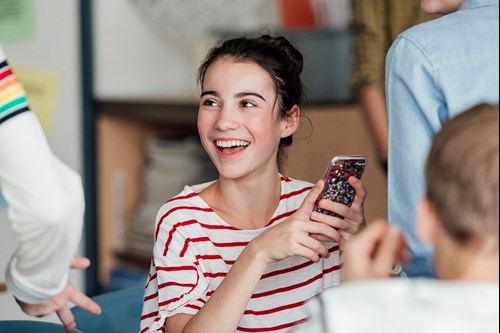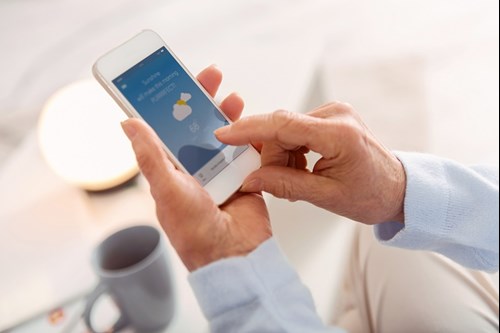Ten smartphone apps you know well and could use in class
We use these apps on our smartphones all the time but we might not have thought of using them with our students in class. Chia Suan Chong suggests ten apps and many more activities that we could use to incorporate the use of our students’ smartphones in the classroom.

A teacher complained to me recently about his teenage students and how they couldn’t seem to take their eyes off their smartphones during their lessons. He tried reasoning with them, threatening to confiscate their phones, and getting to agree to the class rules but nothing seemed to work. Telling them not to touch their phones was like telling someone not to think of a pink elephant – it just makes them want to do it even more.
I then remembered something a teacher trainee once said to me after our session on using smartphone cameras in the classroom - ‘We were so engaged with using our phones to do the task that we weren’t thinking of using the phone for anything else!’
It might seem redundant to say this but our modern day phones are mini computers which come with so many apps and functions that we could make use of in the classroom. While some of us teachers are busy finding out new apps and learning new technologies we could incorporate in our teaching, we seem to be neglecting the potential that the more classic apps can offer us.
Here are ten apps on your smart phone that you probably know well but might not have considered using in your classroom:
- Maps/Compass
You might have used Google Maps to find your way around but how about getting your students to do this in class? Have students follow a set of directions to get to a mystery location, get students to guide each other to their favourite place, set up a treasure hunt around the school, go geo-caching as a class – possibilities are endless. - Clock
Have students tell the time in English and if that gets a bit boring, have them look at the world clock and get them to calculate time differences. - Calendar
Remember those activities in course books that get students looking at pretend calendars and trying to fix a time for an appointment (so as to practice the present continuous for future arrangements)? Why use a pretend one when you have a real calendar at hand? Put students in groups of 4–6 and get them to find a suitable day for them to meet for their class project. Considering everyone’s busy schedules these days, can they find a slot that works for everyone? - Weather
Why teach abstract weather vocabulary when you can get students to talk about the weather in the real world? Get students to compare the weather around the world as they talk about what weather-related things that people in these places might be doing. For example, It’s 35 degrees and sunny in Rio. The people there must be wearing shorts and T-shirts and drinking cold drinks by the beach.

- Voice Memos/Voice recorder
When students know that they are going to be recorded, they are more likely to rehearse what they’re going to say and ensure they get it right. Have students create a dialogue and record it. If you simply want to focus on their pronunciation, have them use a transcript of an audio recording from their coursebook and re-enact the scene. Alternatively, get them to create a podcast or a radio show or a radio advertisement. Then get them to post their audio production in the class WhatsApp group or Google group. There’s so much they can do with a voice recorder. - IMDB/Amazon/eBay
Many of us have the apps for these popular sites and use them regularly. But how about getting students search for English reviews of particular films or products? Or better yet, get them to post their own reviews on the sites? - Twitter
What are people saying about the latest news stories? What is the general mood around the world about certain issues? Have students to skim the trending topics on Twitter and use hashtags to search for popular news items before reporting back with their findings. - Calculator/Conversions/Currency
It can be difficult to say large numbers in English and simply giving our students random numbers to practise with can be de-motivating. Instead, have students look at property prices in one country and convert the prices into their own currency; get students who love cooking to convert imperial measurements in American recipes to metric measurements; or have them convert the distances between their home to their school into a less familiar measurement. - Trip Advisor/Air BnB
You can easily plan a trip anywhere online these days. Have students plan a trip to their favourite city by reading the online reviews. Students will then have to present their travel itinerary to the class. - QR Scanner
Plant QR codes around the classroom and in your slide deck. These QR codes would take students to websites that’ll provide them with more information on the topic. Get students to plan a treasure hunt of QR codes around the class/school for their classmates.

These ideas are just a taster of what you could potentially do with the simplest smart phone apps in class. Are there any apps or activities you have to add to the list? I look forward to your comments and ideas below!


Comments
Write a Comment
Comment Submitted